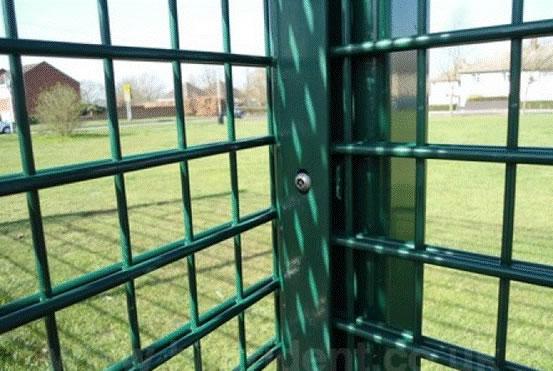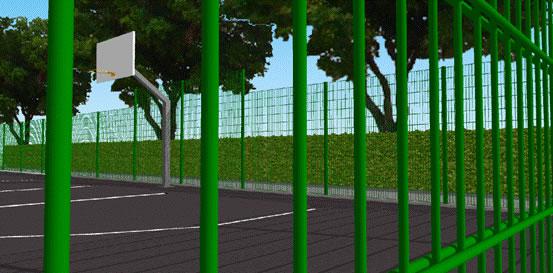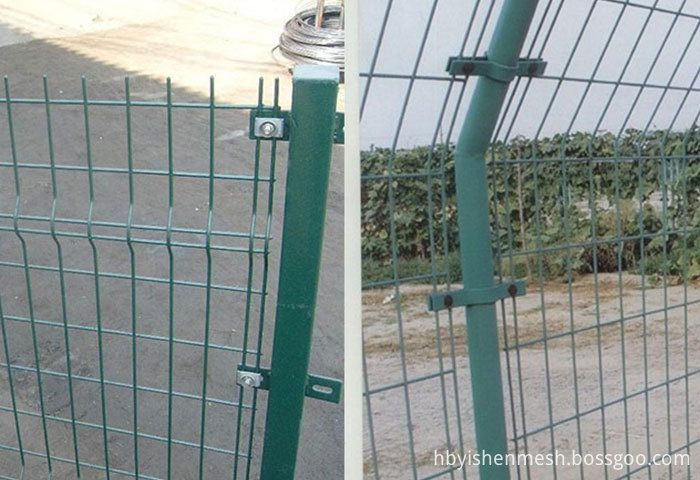Rice fertilization should also pay attention to silicon and zinc
In fact, rice is a crop that absorbs more silicon. Generally, stems and leaves contain 10-20% of silica. The content of silicic acid in rice is about 10 times that of nitrogen and about 20 times that of phosphorus. The lack of silicon in rice can easily lead to slender and weak stems, easy lodging and infection diseases. The lack of silicon in the early stage reduces the number of panicles in rice, and the number of spikelets in the later silicon deficiency decreases. The high quality and high yield of rice are not guaranteed. The application of silicon fertilizer in rice can enhance the resistance and lodging resistance of rice to pests and diseases, improve plant type, improve light energy utilization, reduce leaf transpiration and water loss, and improve water use efficiency. Generally, the yield can be increased by more than 10%, and the quality of rice can be improved. Especially in the newly changed paddy fields, cold-soaked fields and acidic soils, the effect of applying silicon fertilizer on rice is more obvious.
Although zinc is only a trace element, it has a great effect on zinc and crops such as rice and corn, and the yield increase effect is very good. This is mainly because zinc is a component of some enzymes, and is related to the synthesis of chlorophyll and the conversion of carbohydrates, which can improve photosynthesis and contribute to the improvement of photosynthetic efficiency. Rice is very sensitive to zinc. Zinc deficiency causes the leaves to grow slowly. The new leaves are short and narrow, and the leaves are light, especially the yellow veins in the vicinity of the basal midrib. The severe plants are obviously dwarfed and rarely branched. The field often shows uneven performance. The roots of the rice plants are old and brown. When the heading stage occurs, the flowers are not harvested. Generally, the yield is reduced by 1-3%, and the serious crops are even destroyed. The results of large-area experiments showed that after reasonable zinc application, the plant height, effective tiller number, grain per panicle and 1000-grain weight of rice increased, and the emptying rate decreased, generally increasing yield by more than 15%. Especially in acidic soils, calcareous soils, cold-soaked fields, and newly-modified paddy fields, the application of zinc fertilizer is more obvious.
1. Application of silicon fertilizer: The silicate containing calcium and magnesium is used as the silicon fertilizer. When the base fertilizer is applied, it is mixed with other fertilizers. The application amount per mu is 1 kg of effective silicon.
2. Application of zinc fertilizer: It is generally recommended as base fertilizer application, applying 1 kg of zinc sulfate per mu, mixed with other chemical fertilizers; it can also be used for external fertilization, soil topdressing and seed treatment in the middle and late stages. The common concentration of top dressing is 0.3% zinc sulphate solution, and the late top dressing is about 500 grams of zinc sulphate. It is carried out after zinc deficiency symptoms or at the end of tillering. Seed treatment is carried out by soaking rice seeds with 0.1% zinc sulphate solution for 24 hours. .
Source: Agricultural Science and Technology News
For areas with heavy public usage or for a greater need of protection, the rigid and contemporary. The fence system provides a truly creative and durable alternative to current fence systems, without the bulkiness. Twin wire fence panel: Using high quality Iron Rod as raw material, the welded panel, after galvanization, Powders Primer, and Powders top coating; it can resist the corrosive and ultraviolet radiation very strongly. The thickness of powder coating is 100-120 microns usually. It obtains high strong powers to resist the construction.
Double Wire Fence size:
200 mm x 50 mm x 2.5 Meters x from 630mm - 2630mm or available on request. Stand and finish: Galvanized / Polyester coated green other standard colors available on request.
Double Wire Fence Application:
Corporate/college campuses, housing projects, healthcare/research facilities Airports, parking facilities, commercial and industrial properties Pools, amusement parks, tennis courts, public parks and playgrounds, Overpasses and parking structure, Schools and public housing projects set in abusive areas Residential applications.
Double Wire Fence Fastenings:
The panels and posts are jointed together with bolts or rivets, using the steel flat bar, or special steel clamps, all nuts are self-locking. This also can be designed as the special clients requests.



Double Wire Fence
Double Wire Fence,High Quality 358 Fence
Hebei Yishen Wire Mesh Products Co., Ltd , http://www.ysgabionmesh.com